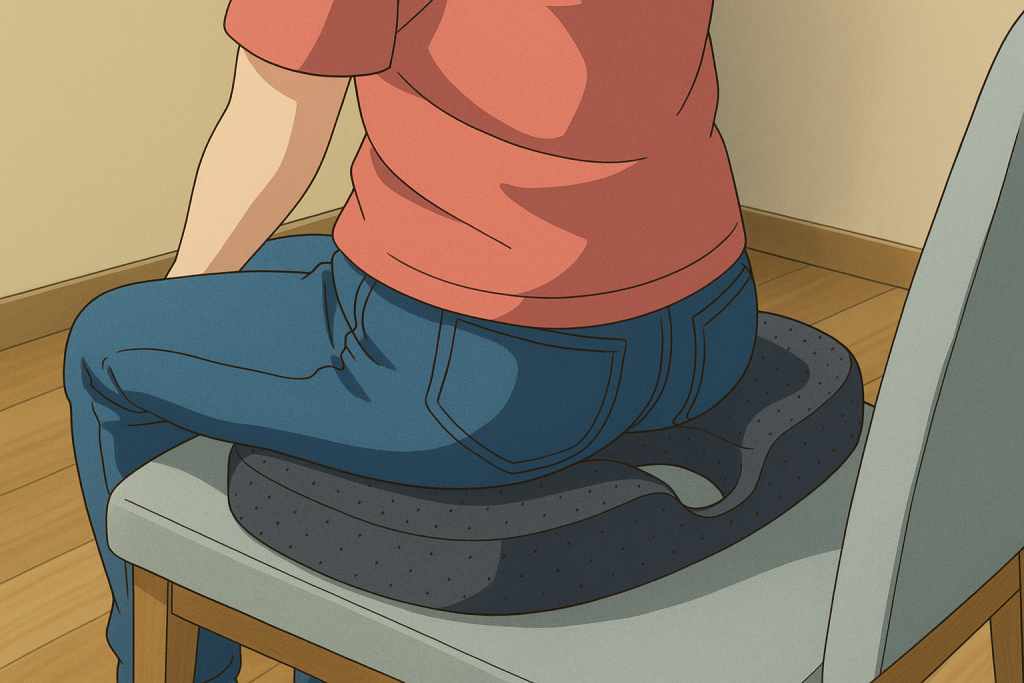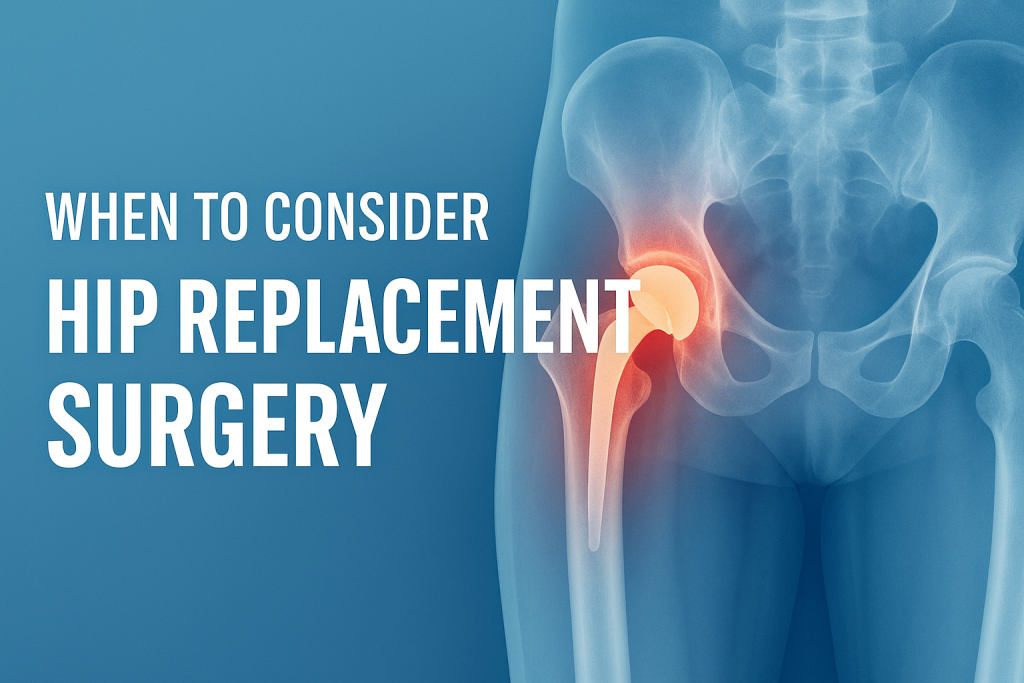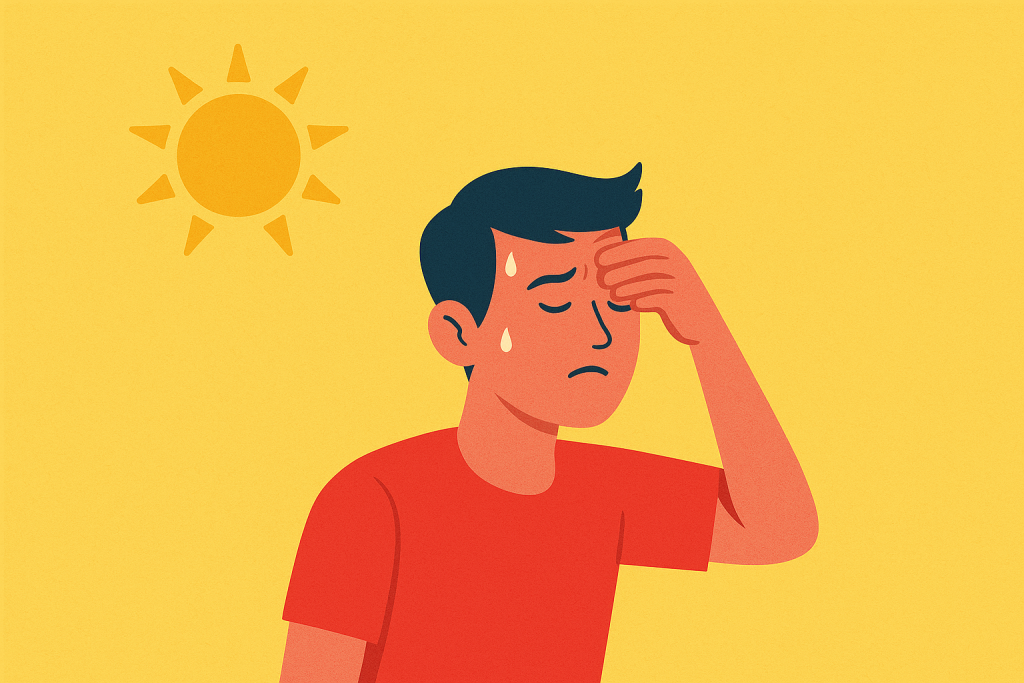
Tailbone Pain: Causes and Treatment Options
By Dr. Dinesh Kumar Samujh in Physiotherapy
Jul 4, 2025
Tailbone pain—medically known as coccydynia—refers to discomfort in the coccyx, the small triangular bone at the base of the spine. Though small in size, the tailbone plays an important role in stabilizing sitting posture and anchoring pelvic muscles and ligaments. Pain in this area can range from mild discomfort to severe, chronic agony that affects daily activities such as sitting, bending, or standing for long periods.
Understanding the causes and treatment options for tailbone pain is essential to manage the condition effectively and improve quality of life.
Also Read: Physiotherapy – A Boon To Low Back Pain
Common Causes of Tailbone Pain
1. Trauma or Injury
One of the most common causes of tailbone pain is direct injury. This can result from:
- A fall onto a hard surface
- A sports injury
- Accidents during childbirth
- Prolonged sitting on a hard or narrow surface
Injuries can lead to bruising, dislocation, or even a fracture of the coccyx.
2. Repetitive Strain
Repeated pressure or strain on the tailbone due to activities like long-distance cycling, horseback riding, or sitting for extended periods can result in inflammation or wear and tear.
3. Poor Posture
Incorrect sitting posture, especially slouching, can put uneven pressure on the tailbone, leading to discomfort over time. Using hard or unpadded chairs without back support may worsen the issue.
4. Degenerative Joint Changes
Aging can cause the joints and tissues around the coccyx to degenerate or become stiff. Osteoarthritis can also affect this small joint, leading to chronic tailbone pain.
5. Childbirth
During vaginal delivery, pressure on the coccyx can cause it to bend or get bruised. In some cases, the pressure may even cause dislocation, leading to prolonged postpartum pain.
6. Infections or Tumors
Although rare, infections or tumors in the spine or pelvis can cause tailbone pain. These causes typically come with other symptoms such as unexplained weight loss, fever, or numbness and should be evaluated promptly.
Also Read: Effective Treatments for Chronic Back Pain at Metro Hospital
Symptoms of Tailbone Pain
- Discomfort characterized by sharp or aching pain in the lower spine.
- Pain that worsens when sitting, especially on hard surfaces
- Discomfort during bowel movements
- Increased pain during menstruation (in women)
- Local tenderness or swelling
- Pain relief when leaning forward or standing
Diagnosis
A healthcare provider will begin with a physical examination, reviewing your medical history & symptoms. To identify the underlying cause, the following may be used:
- X-rays to detect fractures or alignment issues
- MRI or CT scans may be performed to rule out tumors or infections.
- Pelvic exams in women to check for gynecological conditions
- Rectal exams to evaluate coccyx mobility
Treatment Options
1. Home Remedies and Lifestyle Changes
Most tailbone pain improves within a few weeks or months with simple self-care:
Use Cushions: Specially designed donut or wedge cushions reduce pressure on the tailbone.
Posture Correction: Sit upright with your back supported and feet flat on the ground.
Apply Heat or Ice: Ice packs reduce inflammation, while warm compresses relax muscles.
Over-the-counter Pain Relievers: NSAIDs like ibuprofen or naproxen help relieve pain and inflammation.
Avoid Sitting for Long Periods: Take frequent breaks and change positions often.
2. Physical Therapy
A trained physiotherapist may guide you through gentle stretching and strengthening exercises that improve posture, pelvic alignment, and core stability. Techniques like manual manipulation or massage can relieve muscle tension around the coccyx.
3. Medications and Injections
If over-the-counter medications are not effective:
Prescription Painkillers or muscle relaxants may be given.
Corticosteroid Injections directly into the area can offer temporary relief from inflammation.
Nerve blocks may be used in cases of severe, chronic pain.
4. Minimally Invasive Procedures
In persistent cases, radiofrequency ablation (RFA) may be performed to destroy nerves transmitting pain signals from the coccyx. This outpatient procedure provides longer-term relief without major surgery.
5. Surgical Treatment
Surgery is rare and reserved for severe cases that do not respond to other treatments. A coccygectomy—removal of part or all of the coccyx—may be considered. It carries some risk but has been successful for patients with confirmed structural damage.
Also Read: Everything you should know about Slip Disc along with its Prevention
When to See a Doctor
Consult a healthcare provider if:
- Pain lasts longer than a few weeks
- You experience numbness, fever, or unexplained weight loss
- Pain that gets worse with time and interferes with normal activities.
- You suspect injury after a fall or accident
Timely diagnosis and treatment can help prevent the pain from becoming chronic.
Prevention Tips
- Use cushioned seating, especially if you sit for long hours.
- Maintain proper posture while sitting and working.
- Avoid high-impact activities if prone to coccyx pain.
- Perform regular core-strengthening exercises to support pelvic muscles.
- Be mindful of body mechanics during childbirth or physical activity.
Conclusion
Tailbone pain, while often not serious, can be quite debilitating if left untreated. Fortunately, with proper diagnosis, lifestyle modifications, and medical interventions, most people experience significant relief. Whether it’s a simple cushion, physical therapy, or medical treatment, a tailored approach can help you return to a pain-free, active life.
If your symptoms persist, consult an orthopedic or spine specialist to explore the best treatment options for your condition.







